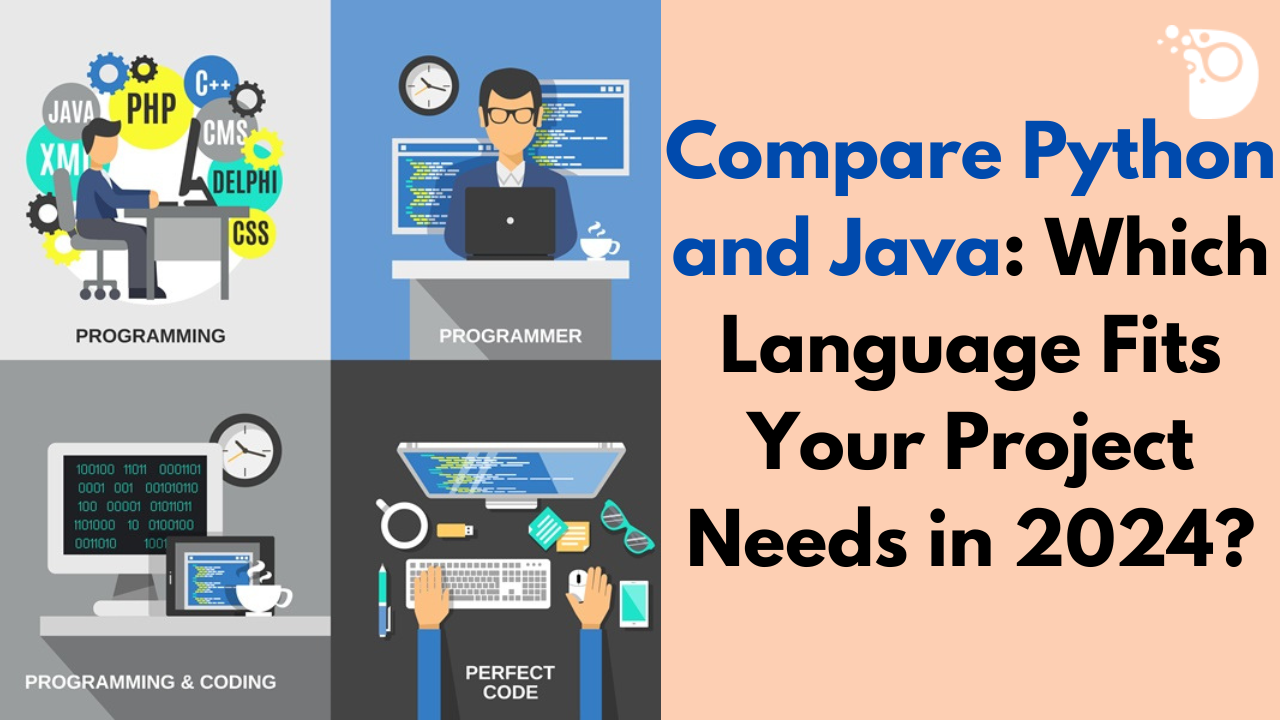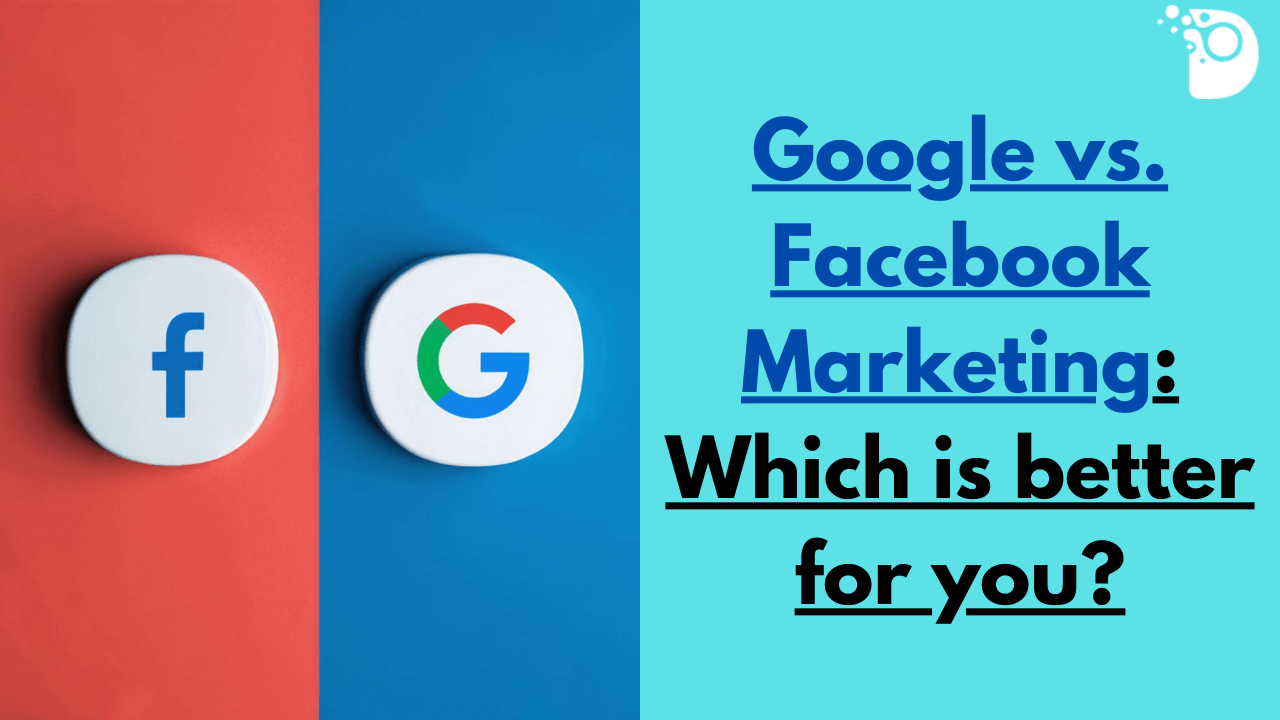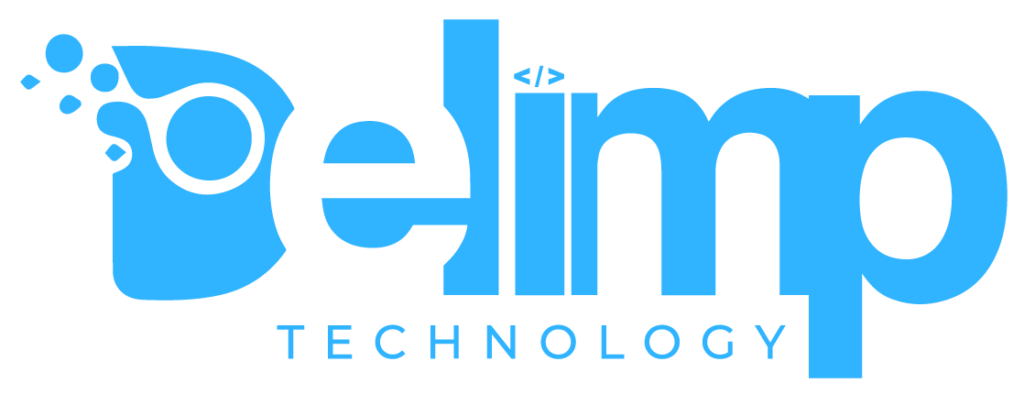The ever-evolving landscape of software development presents a constant challenge: choosing the right programming language for your project. Two titans, Python and Java, consistently top the charts. But with distinct strengths, picking the winner can be a head-scratcher. Fear not, fellow coder! This blog delves into a comprehensive compare Python and Java, equipping you to make an informed decision.
Python and Java, both object-oriented, high-level languages, have carved their niches. Java, boasting a robust structure and speed, reigns supreme in enterprise applications. Python, with its elegant syntax and versatility, thrives in data science and scripting. Yet, their capabilities often overlap. Let’s dissect their strengths to guide your project selection.
Key Features of Java
Java is a highly portable with platform independence. It is an object oriented language with modular programming and code reusability. It is a compiled language that translates byte code into machine, just before the execution of code. It offers robust concurrency control through its synchronized methods and blocks, rendering it well-suited for real-time trading systems and other high-concurrency applications. Java is proactively being used for backend development, mobile applications and enterprise level applications.
Key Features of Python
Introduced in 1991, Python is a multi-purpose programming language. Python captivates developers with its simplicity and versatility. Its concise syntax, resembling natural language, makes it easy to learn and read, even for beginners. This translates to faster development times. As a high-level language, Python handles memory management, freeing you to focus on core functionalities. Python boasts a rich standard library and a vast ecosystem of external libraries, offering pre-built solutions for everything from data science (NumPy, pandas) to web development (Django, Flask) and machine learning (TensorFlow, scikit-learn). This abundance of tools makes Python a true all-rounder, empowering you to tackle a wide range of projects.
Comparison of Python and Java for Software Development
Let us compare Python and Java for the software development realm.
Development Speed: Python’s concise syntax leads to faster development. Fewer lines of code translate to quicker turnaround times, ideal for rapid prototyping and proof-of-concept ventures. Java’s static typing demands more upfront effort but offers better performance in complex, large-scale projects.
Readability and Maintainability: Python’s code resembles natural language, making it easier to read and maintain, especially for long-term projects with multiple developers. Java’s stricter syntax can be cumbersome for beginners but enforces code clarity.
Web Development Frameworks: Both languages boast powerful frameworks. Django and Flask simplify Python web development, while Spring and Java EE streamline Java web applications. The choice depends on your project’s complexity and desired features.
Comparison of Python and Java for AI/ML Applications
Next, we compare Python and Java for AI/ML Applications to find your perfect fit.
Machine Learning Libraries: Python shines in this arena. Libraries like TensorFlow, PyTorch, and scikit-learn offer pre-built functions and a vibrant community for AI and machine learning projects. Java, while not lagging far behind, has a smaller, less active community in this space.
Data Analysis and Visualization: Python’s dominance continues with libraries like pandas, NumPy, and Matplotlib. They simplify data manipulation, analysis, and creation of insightful visualizations. Java has its contenders, but Python’s ecosystem reigns supreme for data exploration.
Scalability: For large-scale deployments, Java’s compiled nature gives it an edge. However, Python frameworks like PySpark can handle big data efficiently, making it a viable option for many AI/ML projects.
Comparison of Python and Java for Mobile Applications
Now, we compare Python and Java for native and cross-platform mobile application development.
Native App Development: Java is the go-to choice for native Android app development. With Android Studio offering a robust development environment, Java’s integration with the Android framework is seamless. Python’s role in native mobile development is minimal.
Cross-Platform App Development: Here, Python shines. Frameworks like Kivy and BeeWare allow you to write code once and deploy it across Android, iOS, and other platforms. While Java has cross-platform options like React Native, Python offers a more streamlined approach.
Conclusion
So, which language wins? It depends! Compare Python and Java based on your project’s specific needs. Here’s a quick cheat sheet:
Choose Python for: Rapid prototyping, data science, scripting, machine learning, and cross-platform mobile apps (if complexity allows).
Choose Java for: Enterprise applications, large-scale web development, native Android apps, and situations where performance is paramount.
Remember, both languages are constantly evolving. Java is incorporating features for easier development, while Python is gaining traction in enterprise environments. Stay updated with the latest advancements to make an informed decision.
The most important takeaway? There’s no single “best” language. Understanding the strengths and weaknesses of Python and Java equips you to select the perfect tool for the job, ensuring your project’s success. Now, go forth and code confidently!
Frequently Asked Questions (FAQs)
Q1: What are the key differences between Python and Java?
Ans: Python is known for its simplicity, readability, and flexibility, making it ideal for rapid development and scripting tasks. Java, on the other hand, is favored for its performance, platform independence, and strong typing, making it suitable for large-scale enterprise applications.
Q2: Which language is better for web development, Python, or Java?
Ans: Both Python and Java have strong frameworks for web development. Python is commonly used with frameworks like Django and Flask, known for their simplicity and ease of use. Java, with frameworks like Spring and Hibernate, is preferred for larger, enterprise-grade web applications requiring scalability and performance.
Q3: Which language is more suitable for data science and machine learning projects, Python, or Java?
Ans: Python is the dominant language in the data science and machine learning domains due to its extensive libraries such as NumPy, Pandas, and TensorFlow, as well as its simplicity and readability. While Java also has libraries for these tasks, Python’s ecosystem and community support make it the preferred choice for most data-related projects.
Q4: In terms of community support and resources, which language has the edge?
Ans: Both Python and Java have large and active communities with extensive resources, tutorials, and libraries. However, Python’s community is known for its rapid growth, diverse applications, and strong support in emerging fields like artificial intelligence and data science.
Q5: Which language is better for mobile app development, Python, or Java?
Ans: Java has traditionally been the primary language for Android app development, as it is the official language supported by the Android platform. However, Python has gained traction in mobile development with frameworks like Kivy and BeeWare, offering cross-platform capabilities and ease of use.






